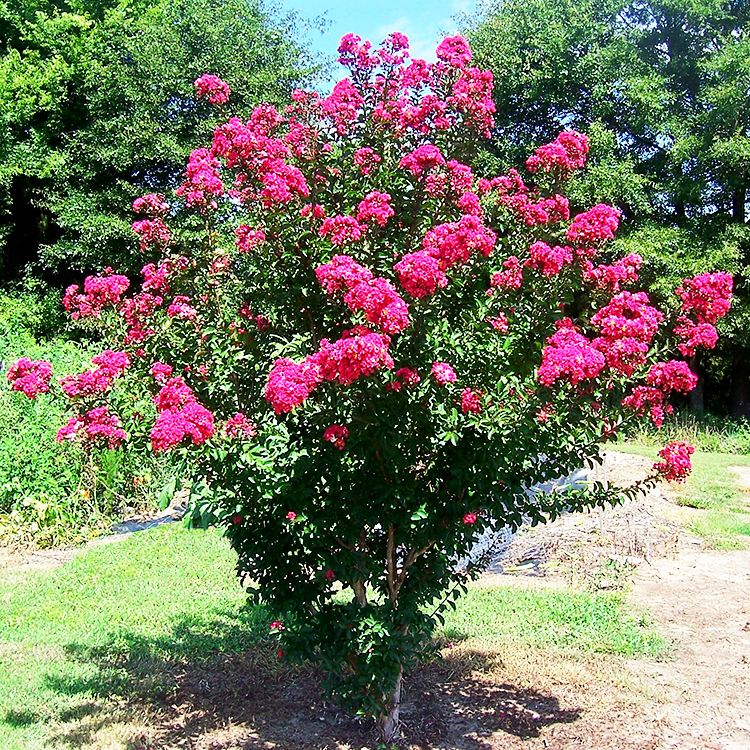HOW TO PLANT
When to plant: Varies by zone; sow seeds in spring or fall.
Where to plant: Echinacea should be planted in an area that receives 6 to 8 hours of sunlight a day, as too much shade can result in floppy stems and foliage susceptible to powdery mildew.
How to plant: To plant Echinacea seeds, loosen the soil to a depth of 12 inches. Add compost to the top 2-4 inches of soil. Seeds take approximately 3 to 4 weeks to germinate, and you should see true leaves at about 12 weeks. If transplanting, dig a hole twice as wide as the pot and deep enough so that the rootball will be level with the top of the soil.
CARE ADVICE

Purple coneflower (Echinacea purpurea) is a popular perennial in Zones 3-9.
These easy-care perennials require only the basics: regular watering of about an inch per week, a light layer of compost added in the spring, and to be cut back in fall, and even that’s optional if you prefer to leave the seed heads.
Pruning: Though deadheading is a common garden practice to encourage repeat blooming, many varieties these days are flower machines and will keep producing without snipping off spent blooms. That way you can leave them be, guaranteeing food for another beloved category of wildlife—birds, particularly small songbirds like goldfinches, which are crazy about the seeds. Flowers appearing post-deadheading can be smaller and less satisfying, so why not just leave the first, bigger flowers to go to seed and give the birds a feast?
Once your coneflower has finished blooming, it can be cut down to ground level to over-winter. Or, if you prefer to leave the dried seed heads, it can be cut down in early spring.
Soil: Average, well-drained soil.
Amendments & fertilizer: Work a bit of compost in around the plants if flowers are small or poorly developed. Be careful, over-feeding can lead to an abundance of foliage and a lack of flowers.
Watering: Tolerant of drought, but does best in average, dry to medium moisture. Water regularly, but let soil dry out in between. Coneflowers need at least an inch of water weekly.
Propagation: Divide clumps when crowded, about every 4 years. If spent flowers are left intact, they will reseed with little effort on your part. Deadheading can help to control this if they are getting out of hand. Some gardeners choose a middle ground and collect the seeds and plant them in carefully selected spots for the following season.
Diseases and pests: One problem worth noting in Echinacea is “aster yellows,” a virus-like disease caused by a phytoplasma. Symptoms are deformed flowers, sometimes with weird tufts in the cones, and yellow leaves with green veins. The organism is spread by sap-sucking insects like leafhoppers (and can also be spread on pruners during deadheading). There’s no cure, so once you notice a plant is infected, dig it up immediately and throw it away. They can also be bothered by leaf miners, powdery mildew, bacterial spots, gray mold, vine weevils, and Japanese beetles.